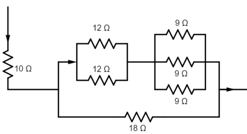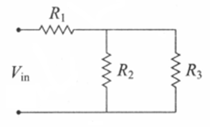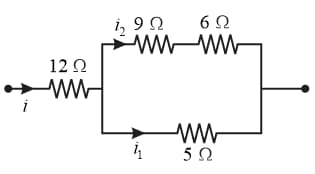B M Sharma Solutions for Chapter: Heating Effects of Current, Exercise 3: DPP
B M Sharma Physics Solutions for Exercise - B M Sharma Solutions for Chapter: Heating Effects of Current, Exercise 3: DPP
Attempt the free practice questions on Chapter 7: Heating Effects of Current, Exercise 3: DPP with hints and solutions to strengthen your understanding. Chapterwise/Topicwise Daily Practice Problems (DPP) Electrostatics and Current Electricity JEE Main & Advanced solutions are prepared by Experienced Embibe Experts.
Questions from B M Sharma Solutions for Chapter: Heating Effects of Current, Exercise 3: DPP with Hints & Solutions
If the length of the filament of a heater is reduced by , the power of the heater will,
The resistance of the filament of a lamp increases with the increase in temperature. A lamp rated , is connected across power supply. If the voltage drops by , then the power of lamp will be:
In the following circuit, resistor develops due to current flowing through it. The power developed across resistance is:

For ensuring dissipation of the same energy in all three resistors , and connected as shown in the figure, their values must be related as:

The resistance of the filament of an electric bulb changes with temperature. If an electric bulb rated and is connected sources, then the actual power would be:
An electric bulb rated for at is used in a circuit having a supply. The resistance that must be put in series with the bulb, so that the bulb draws is:
The wiring of a house has resistance . A bulb is glowing. If a geyser of is switched on, the change in potential drop across the bulb is nearly:
In the following circuit, resistor develops due to current flowing through it. The power developed per second across resistor is:

